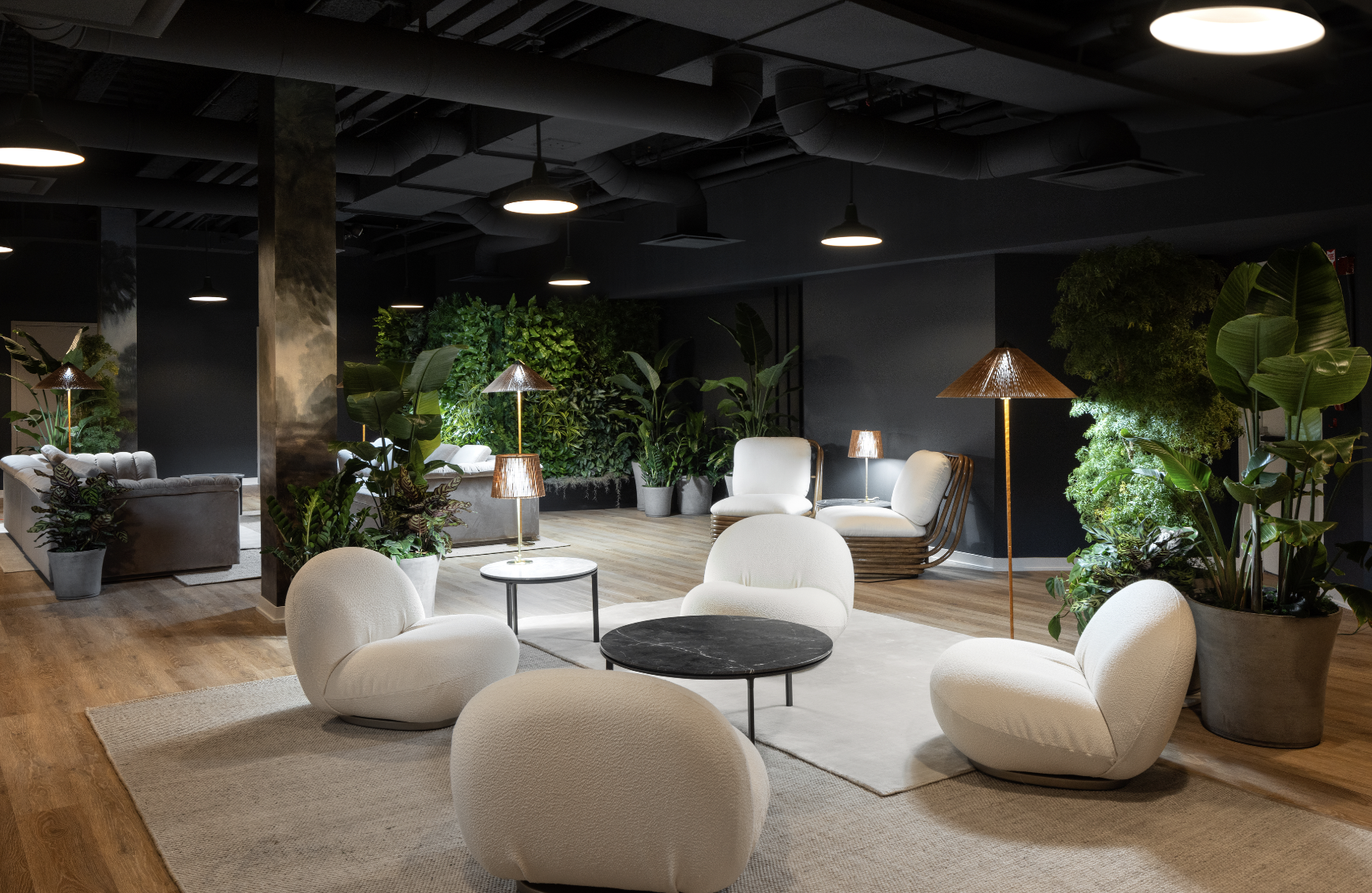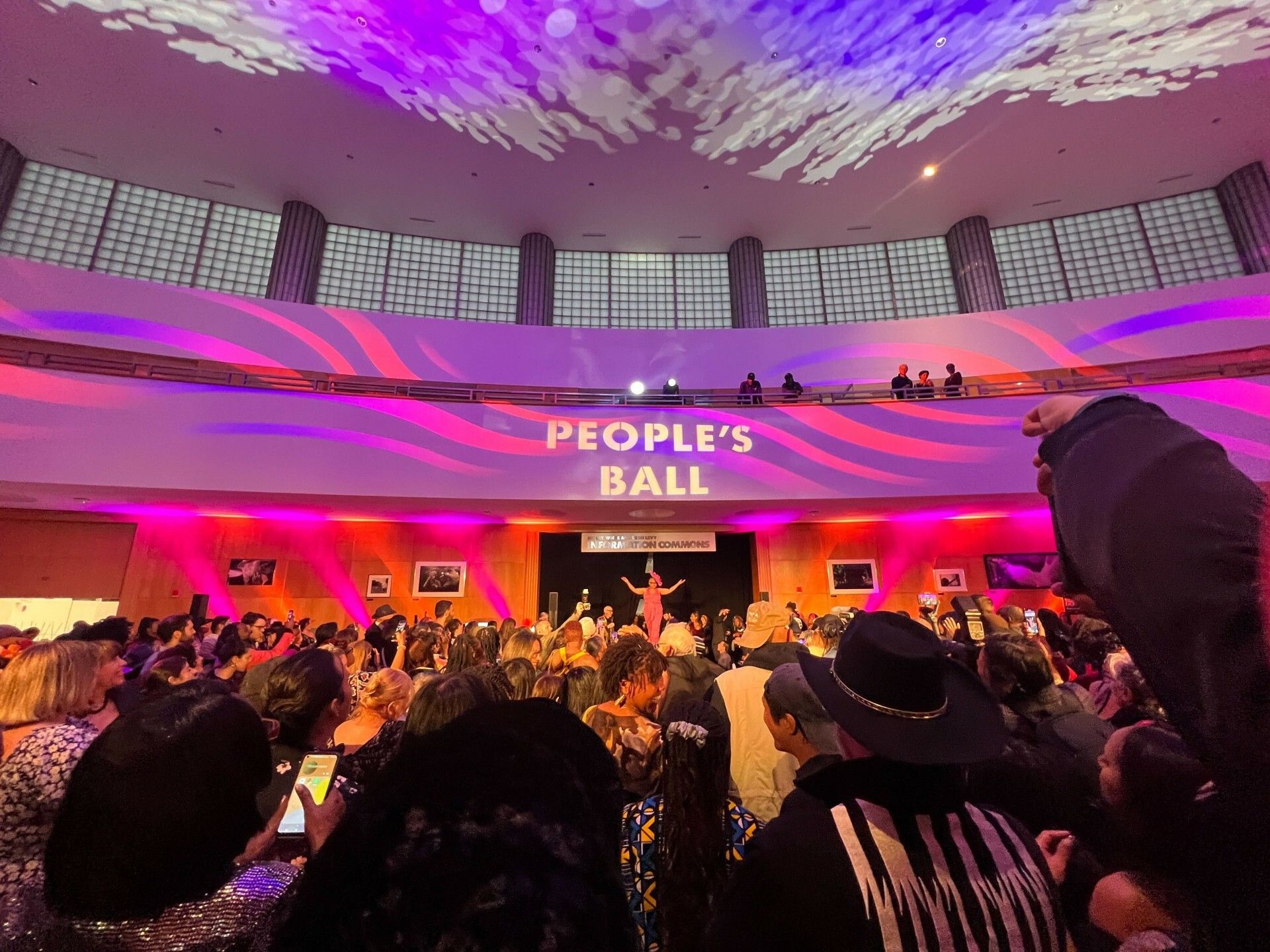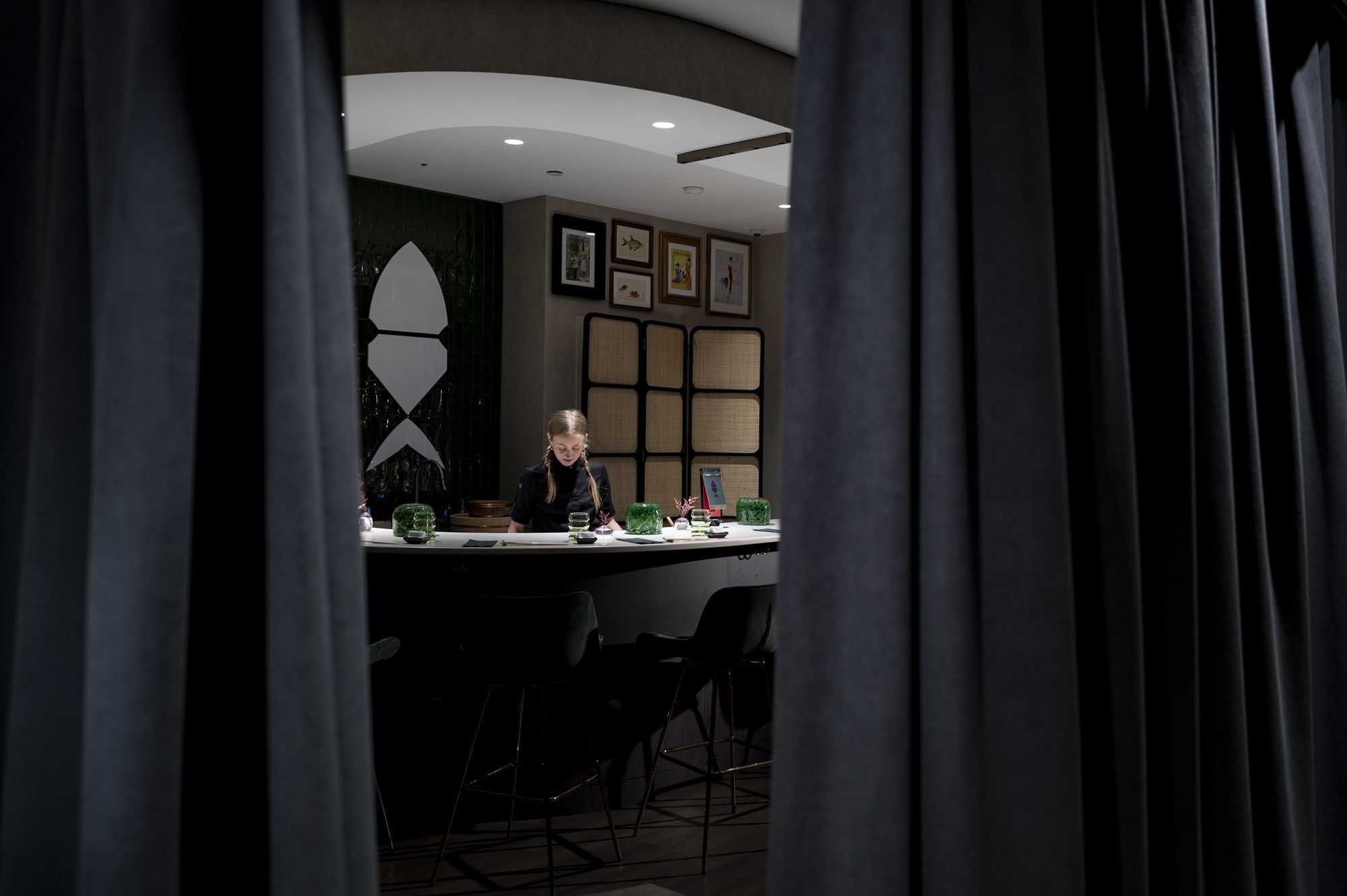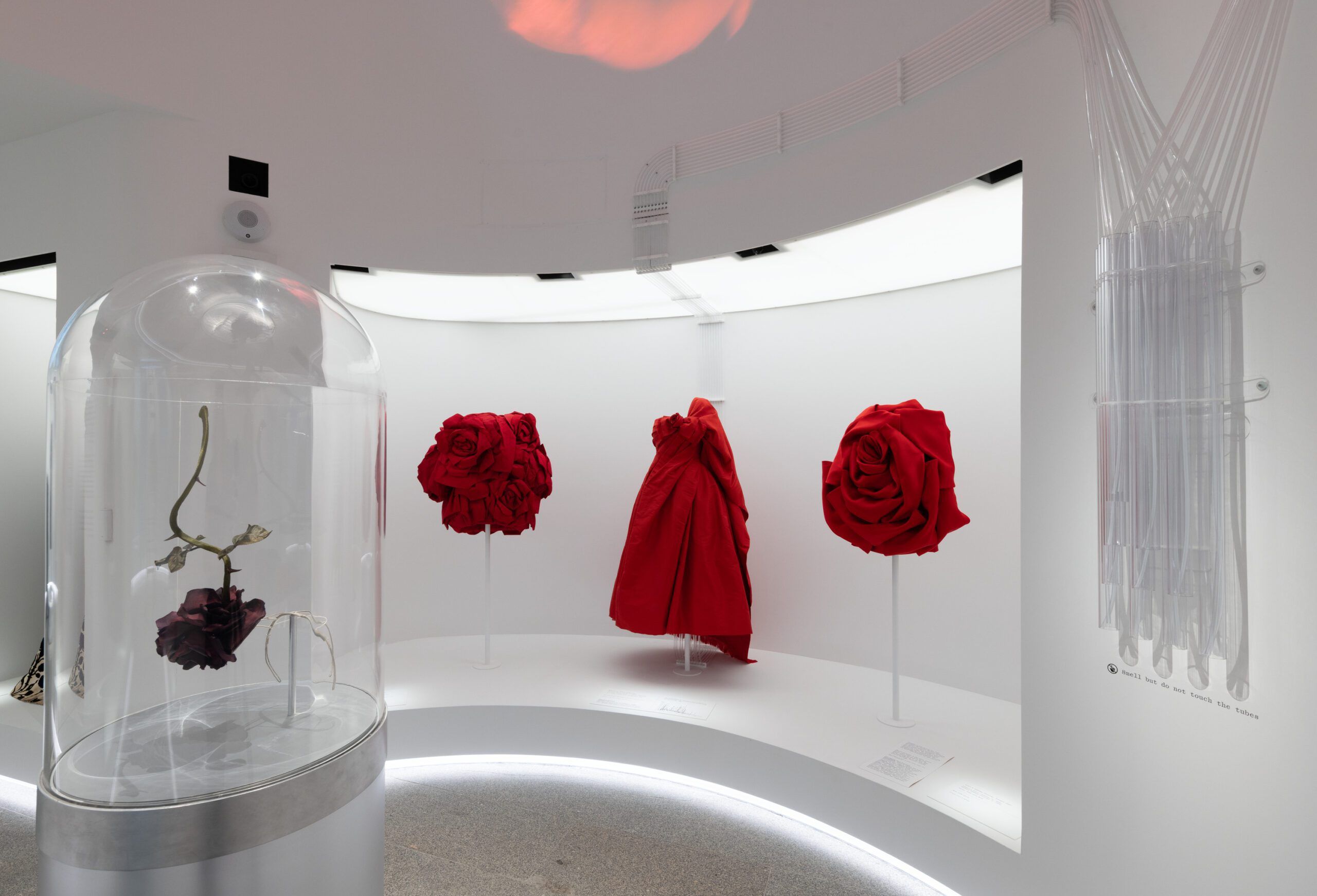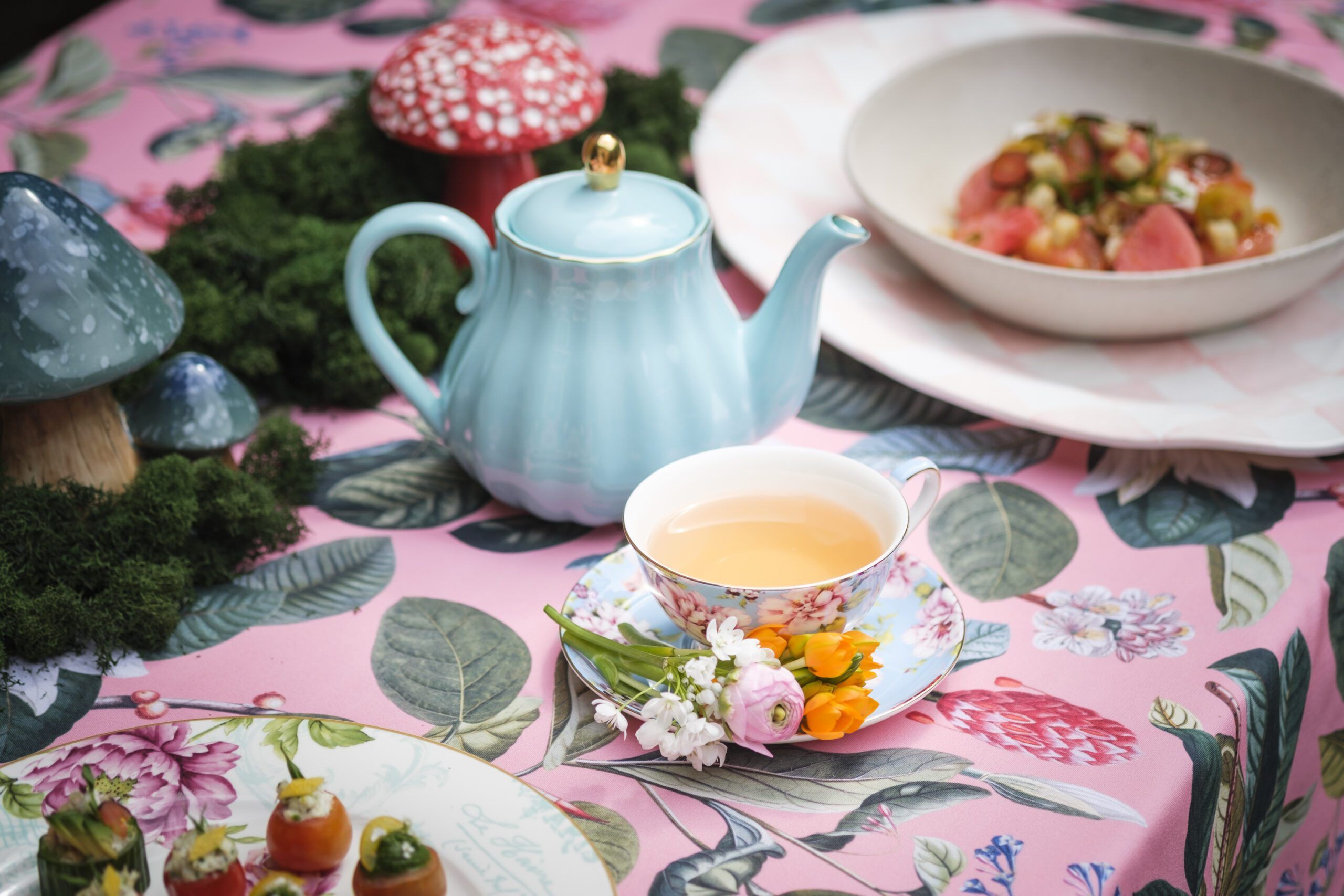A first look at the super swanky wellness center now open near the West Village

Did you know that how many pillows you sleep with is directly correlated to how much pain your body feels daily?
That’s one of the many things you’ll likely learn when joining Continuum, the new members-only wellness club set to open at 676 Greenwich Street near Christopher Street in the West Village on May 15.

RECOMMENDED: See inside the ultra bougie wellness retreat that just opened an hour north of NYC
The focus on factual education is at the core of the destination’s ethos, one that champions well-being over all else and hopes to achieve just that through the use of the AI-powered software that it employs to create personal plans for each member.
If it all sounds very high-tech and expensive, that is because, well, it is: the membership fee to Continuum runs about $10,000 a month, granting folks access to the space’s top-notch gym, personal and physical trainers, saunas, treatment rooms, lounge, nap pod and more.

Given the interest in the concept and the solid cohort of people that have already signed up for the program, one thing is clear: New Yorkers have recently doubled down on their pandemic-era pledge to their healthier selves—no matter the cost.
“In the realm of health, the fundamentals of nutrition, exercise, and recovery are well-established science, yet the application remains elusive,” said CEO Jeff Halevy in an official statement. “We’ve been handed tools without a blueprint, leaving us to navigate the complexities of wellness alone. Our vision is to break down these silos, creating a cohesive ecosystem where meticulously collected data contributes to a deeper understanding of oneself. What we’re building is more than a luxury wellness club; Continuum is a totally integrated platform driven by the power of AI and individual biometrics, ensuring that health is both intentional and quantifiable.”

As mentioned by Halevy, Continuum operates as more than a straightforward gym: members, which will never exceed the cap of 250 in total, will undergo a series of tests and exams (think body composition scans, sleep analysis, blood panels and more) so that the club’s AI software could develop what actually amounts to a personal “prescription” that includes exercise not only regiments and dietary guidelines but also suggestions for specific therapies and services, which will be offered on-site as well.
The opulence of the offerings mirrors the business’ physical 25,000-square-foot flagship: plaster walls, modern decor, curated artworks, top-notch lighting fixtures and equipment made Continuum one of the swankiest wellness centers in the country.

“A lot of people who are big in recovery spaces find that there is no place that ties that to exercise regime and gives me all the knowledge,” chief revenue officer Tom Wingert said to Time Out. “So not only do they have to go to two places to find what they’re looking for but they can’t speak to anyone who may offer guidance on both recovery and exercise. This place does both.”
Clearly passionate about the business and what it stands for, Wingert hopes to eventually open similar clubs around the country—starting with, perhaps, Miami and Los Angeles, where locals seem to share in on New Yorkers’ interest for anything that may prolong youth—but also make the AI software that powers Continuum available “a la carte.” Whether that will come along with a $10,000 price tag as well is yet to be seen.
